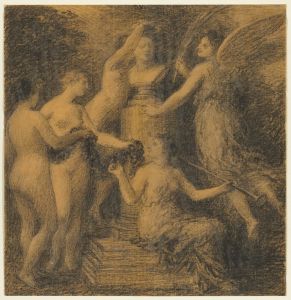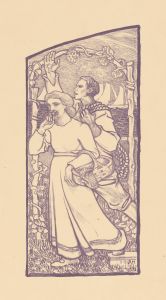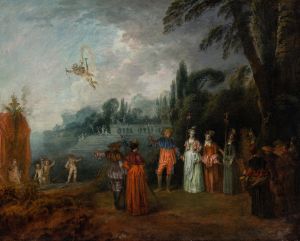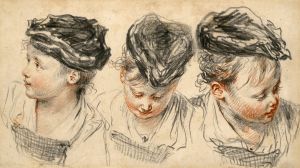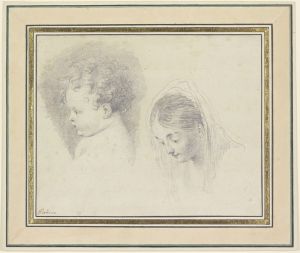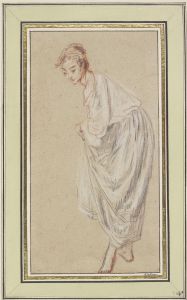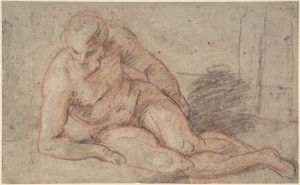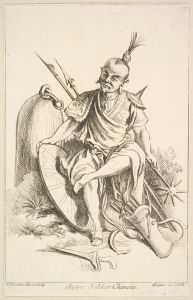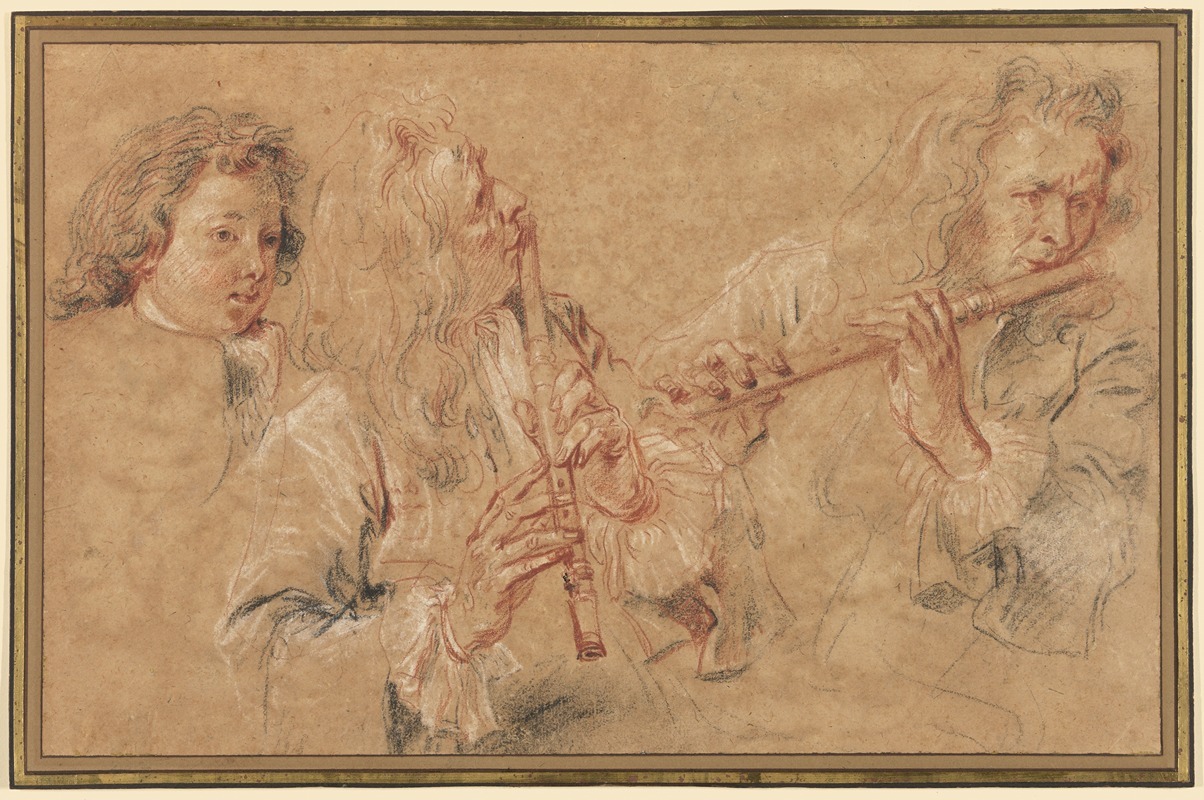
Two Studies of a Flutist and a Study of the Head of a Boy
A hand-painted replica of Jean-Antoine Watteau’s masterpiece Two Studies of a Flutist and a Study of the Head of a Boy, meticulously crafted by professional artists to capture the true essence of the original. Each piece is created with museum-quality canvas and rare mineral pigments, carefully painted by experienced artists with delicate brushstrokes and rich, layered colors to perfectly recreate the texture of the original artwork. Unlike machine-printed reproductions, this hand-painted version brings the painting to life, infused with the artist’s emotions and skill in every stroke. Whether for personal collection or home decoration, it instantly elevates the artistic atmosphere of any space.
Jean-Antoine Watteau, a prominent French painter of the early 18th century, is renowned for his contributions to the Rococo style, characterized by its lightness, elegance, and playful use of color. Among his numerous works, "Two Studies of a Flutist and a Study of the Head of a Boy" stands out as an exemplary piece that showcases his skill in capturing human expression and movement.
This particular work is a drawing, a medium Watteau frequently employed to explore and refine his ideas. Drawings were an integral part of his artistic process, allowing him to experiment with composition and form before committing to a final painting. Watteau's drawings are celebrated for their spontaneity and fluidity, qualities that are evident in "Two Studies of a Flutist and a Study of the Head of a Boy."
The drawing features two separate studies of a flutist, capturing the musician in different poses. Watteau's keen observation skills are apparent in the way he renders the flutist's posture and the delicate handling of the flute. The artist's ability to convey the nuances of musical performance through line and shading is a testament to his mastery of the medium. The flutist's attire and the instrument itself are depicted with a level of detail that suggests Watteau's familiarity with musical themes, which frequently appeared in his larger compositions.
Accompanying the studies of the flutist is a study of a boy's head. This part of the drawing highlights Watteau's talent for capturing the subtleties of human expression. The boy's face is rendered with soft, delicate lines, and his expression is one of gentle contemplation. Watteau's ability to convey emotion through minimalistic yet precise strokes is a hallmark of his drawing style.
Watteau's drawings, including this one, were not merely preparatory works but were valued as finished pieces in their own right. Collectors and art enthusiasts of his time appreciated these drawings for their aesthetic qualities and the insight they provided into Watteau's creative process. Today, his drawings are studied for their technical brilliance and their role in the development of Rococo art.
"Two Studies of a Flutist and a Study of the Head of a Boy" exemplifies Watteau's approach to art, where the exploration of human figures and expressions takes center stage. The drawing reflects the artist's fascination with the interplay of music, emotion, and movement, themes that recur throughout his oeuvre. As with many of Watteau's works, this drawing invites viewers to appreciate the beauty of fleeting moments captured with grace and precision.
Watteau's legacy as a master of the Rococo style is firmly established, and his drawings continue to be celebrated for their elegance and insight into the human condition. "Two Studies of a Flutist and a Study of the Head of a Boy" remains a testament to his enduring influence on the art world.





